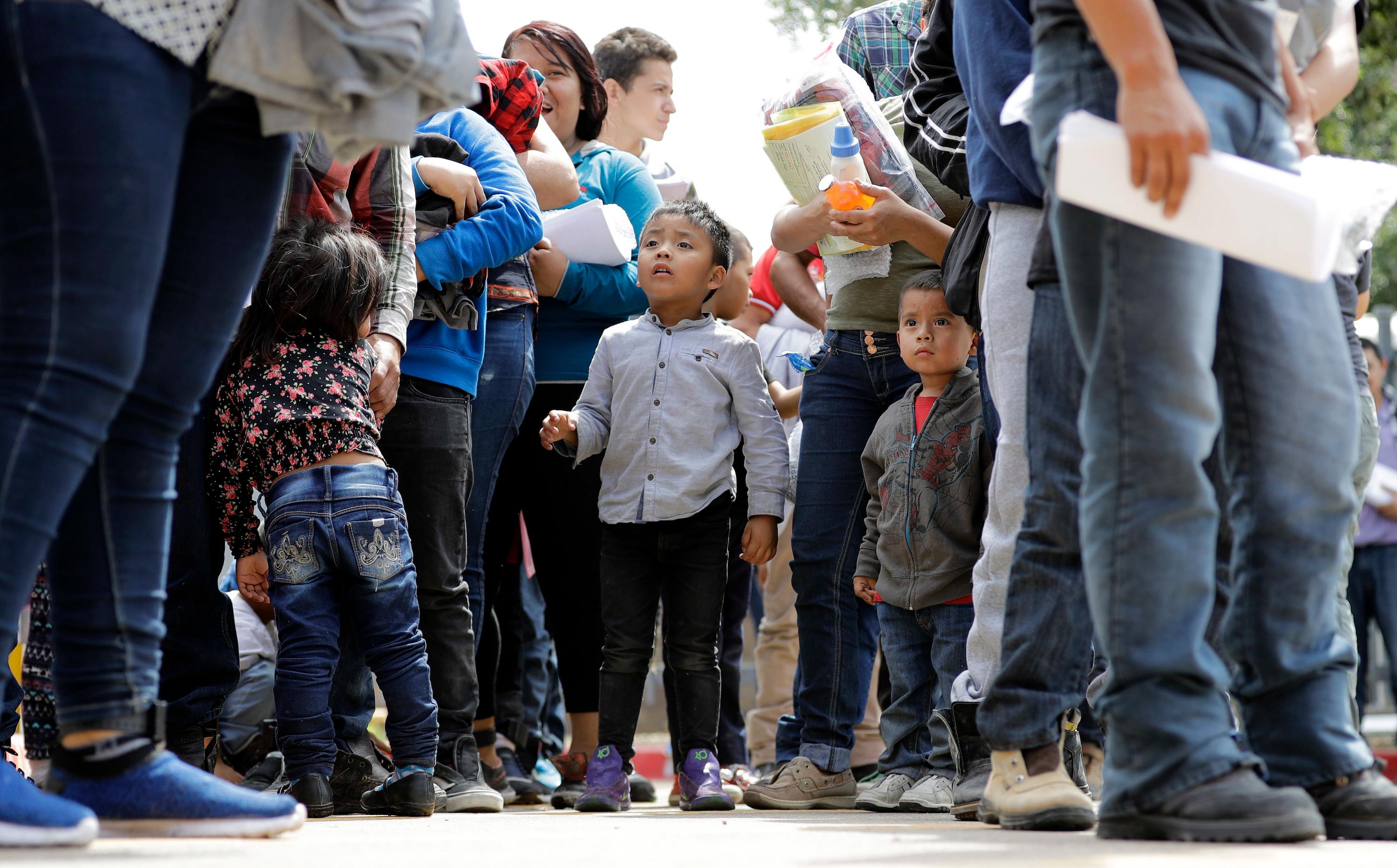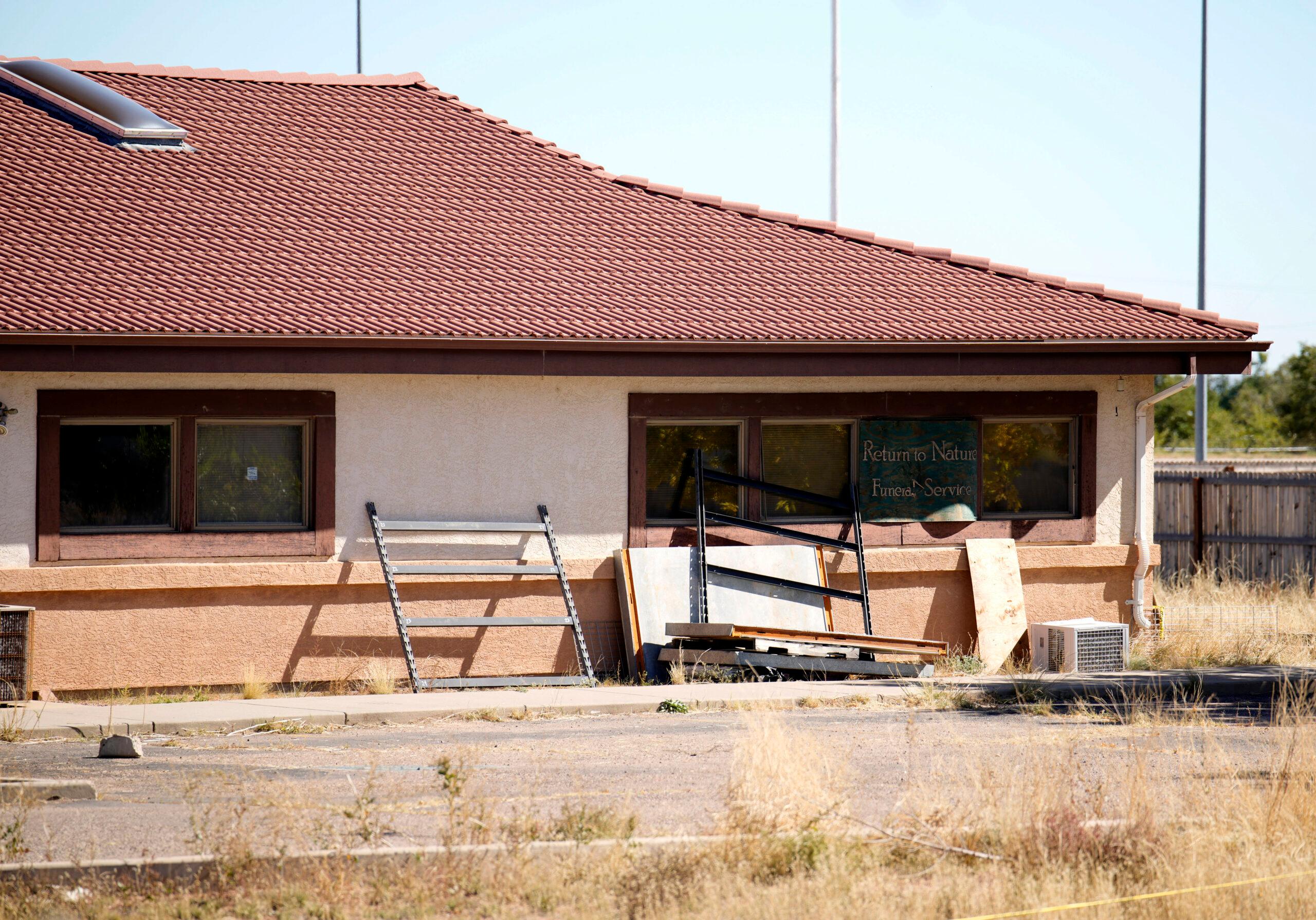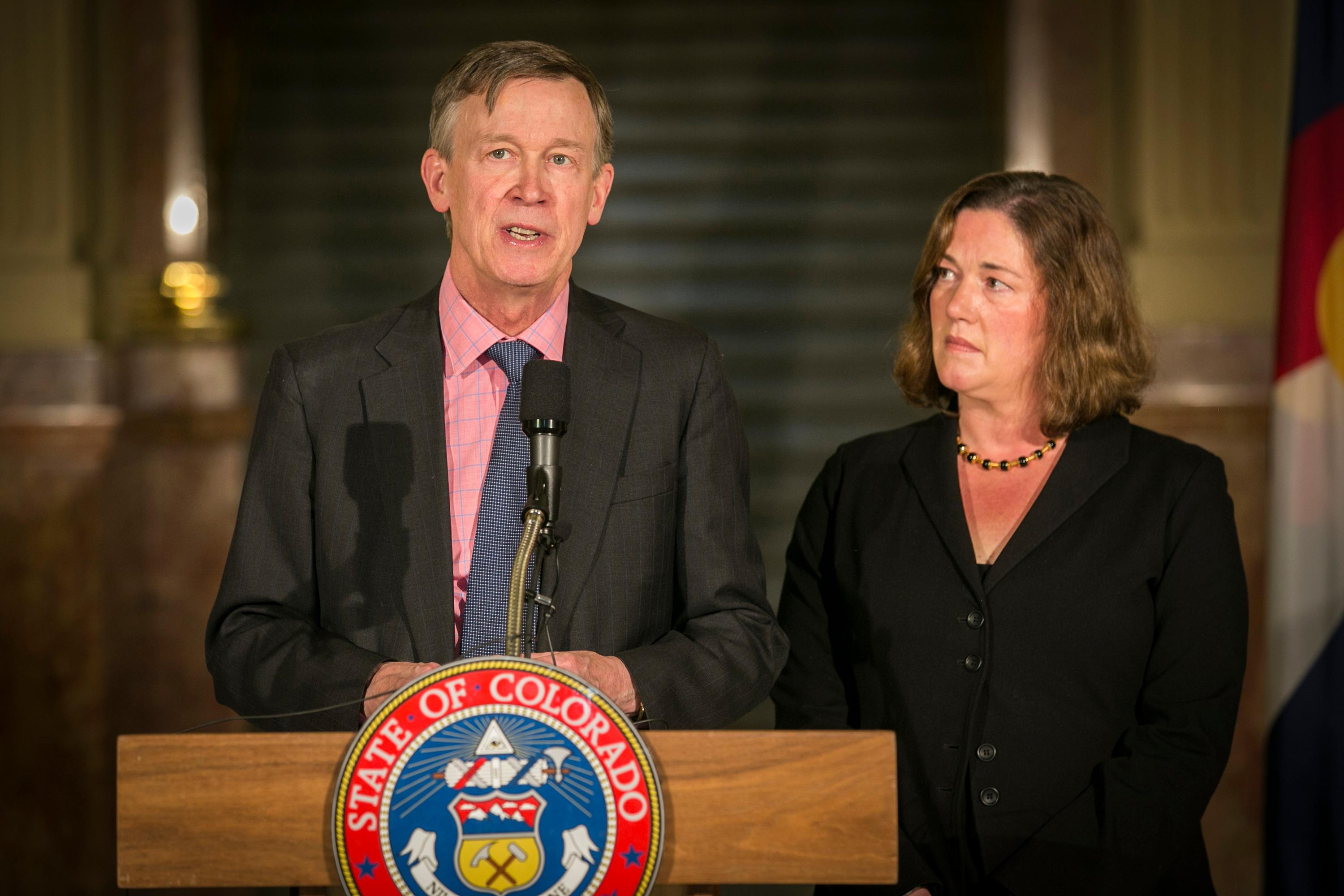

There are 30,000 fewer undocumented immigrants living in Colorado than there were more than a decade ago, according to a new Pew Research Center study.
Nationwide, the total number dropped by 1.7 million people since 2007.
“It’s not a small population but it’s no longer a population that’s growing,” said Pew demographer Jeff Passel.
The researchers say the biggest takeaway from this data is that the flow of undocumented immigration is very different today than it was during the peak in 2007.
“The southwestern border, which was the major source of unauthorized immigration up until about 10 years ago, is no longer the principal way we are getting unauthorized immigrants,” Passel said.
He said it’s more common now for people to overstay visas than to enter over the border.
More job opportunities in Mexico and increased immigration enforcement in the U.S. are both possible causes of the drop, Passel said.
The data also showed more than two-thirds of undocumented immigrants have been in the country for ten years or longer.
“This is not a brand new population,” Passel said. “These are people who have in many cases put down roots here and formed families. In thinking about how to react to and how to deal with this population, I think it’s important to recognize those factors.”
Another main cause of the decrease is that Mexicans no longer make up a majority of undocumented people living in the U.S. for the first time since the mid-1960s, according to the Pew Research Center report. In fact, many Mexicans are leaving the U.S., Passel said. The undocumented Mexican immigrant population dropped by 2 million between 2007 and 2017.
The number of undocumented immigrants from Asia, South and Central America — especially the Northern Triangle of Honduras, Guatemala and El Salvador — have risen.
Last month, 55 migrants from the U.S. southern border arrived in Denver on an emergency transport that gave local advocates little time to receive them. This week, Mile High Ministries announced it will hire a coordinator to help connect advocates and volunteers with migrants traveling from packed towns in Texas and New Mexico. Four more busloads are expected to arrive in Denver in the coming weeks bringing up to 220 more.
The Pew researchers made their estimates based on U.S. census counts, government surveys and assessments of potential undercounts on official data.
The other states with fewer undocumented immigrants in 2017 than in 2007 were California, Florida, Illinois, New Jersey, New York, Arizona, Georgia, Michigan, Nevada, New Mexico and Oregon.
California saw the largest decrease while Massachusetts saw the biggest rise in undocumented immigrants.









